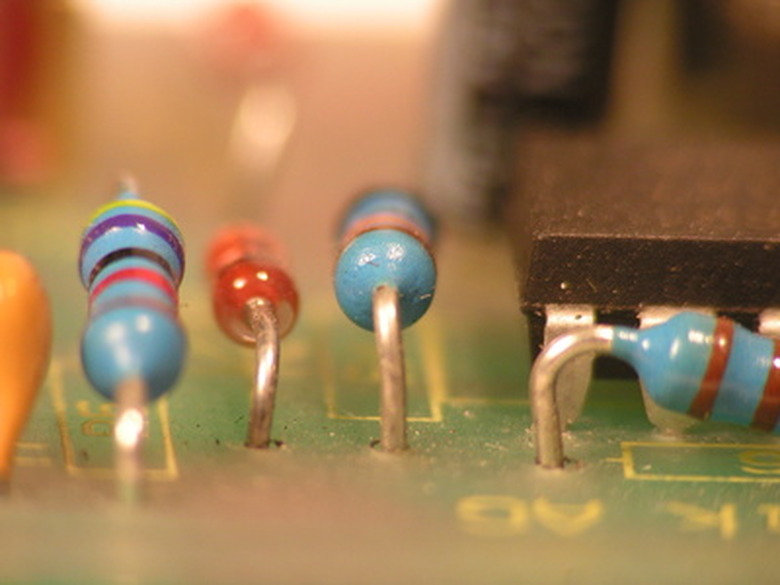Difference Between An Electrical Inverter & Transformer
Electrical transformers and inverters perform similar functions. Transformers increase or decrease alternating current (AC) electricity from one voltage level to another. Inverters take direct current (DC) electricity as their input and produce AC electricity as their output. Inverters normally include a modified transformer in their design.
Transformers
Transformers
Transformers increase or decrease AC electricity from the primary (input) side to the secondary (output) side. The two sides of the transformer are connected to their own coils, which are both wrapped around a column with a hollow air core or possibly an solid iron core. The coils from the two sides are interspersed around the core. Through electromagnetic principles, the voltage increases or decreases according to the ratio of the number of coils.
Inverters
Inverters
Inverters convert DC to AC electricity. A simple design builds on the transformer model by modifying DC on the primary side to mimic AC. The inverter rapidly flips a switch to alternate the direction of a DC current on the primary side, simulating AC current. The secondary side of the inverter sees AC current and produces genuine AC out its side.
Examples
Examples
Transformers and inverters are everywhere in the modern world. Large transformers sit atop utility poles to convert high-voltage electricity from power stations to the relatively low voltage of your home. Inverters run backup generators, cigarette lighter to three-prong outlet adapters in your car, and solar panels.
Cite This Article
MLA
Friedman, Joe. "Difference Between An Electrical Inverter & Transformer" sciencing.com, https://www.sciencing.com/difference-between-electrical-inverter-transformer-6835383/. 24 April 2017.
APA
Friedman, Joe. (2017, April 24). Difference Between An Electrical Inverter & Transformer. sciencing.com. Retrieved from https://www.sciencing.com/difference-between-electrical-inverter-transformer-6835383/
Chicago
Friedman, Joe. Difference Between An Electrical Inverter & Transformer last modified March 24, 2022. https://www.sciencing.com/difference-between-electrical-inverter-transformer-6835383/
